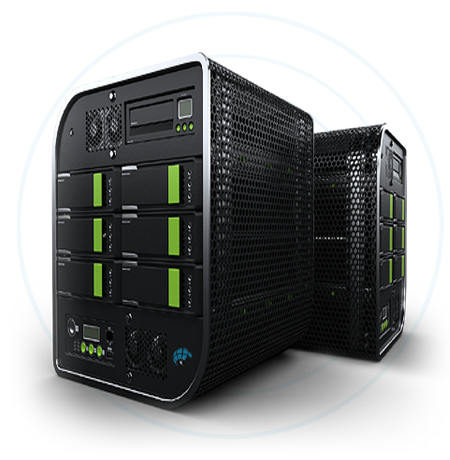-

Secure Remote Support
Planit provide a Powerful, Low Carbon, Secure Remote Support Solution
- Log Me In platform
- Teamviewer platform
- Desktop & Server Support
- Setup & Installation
- Dedicated IT Support Engineers
get Great Dedicated Support
Remotely
call today
01 4852222
for a quote
-

Online IT Store
Planit have excellent Walk-in & Online IT Stores
- Competitive prices
- Smartphone & Notebook Repairs
- 12 month warranty on all repairs
- Desktop & Notebook Components
- Great customer service
get free 12 month warranty
with all repairs
call today
01 4852222
for a quote
-

dedicated servers
Planit provide Secure Dedicated Servers for all your business needs
- Regular Data Backups
- Environmentally Friendly
- 99.9% uptime guarantee
- Free 24/7 technical support
- Installation & Setup
free Remote Support with
all Servers
call today
01 4852222
for a quote
-

cloud computing
Planit provide no hassle competitively priced cloud computing services
- Competitive prices
- Virtualisation
- 99.9% uptime guarantee
- Public / Private Cloud
- Database Services
get free 24/7 support with
Cloud services
call today
01 4852222
for a quote

 Secure Remote SupportPlanit provide a Powerful, Low Carbon, Secure Remote Support Solution
Secure Remote SupportPlanit provide a Powerful, Low Carbon, Secure Remote Support Solution
 Online IT StorePlanit have excellent Walk-in & Online IT Stores
Online IT StorePlanit have excellent Walk-in & Online IT Stores
 dedicated serversPlanit provide Secure Dedicated Servers for all your business needs
dedicated serversPlanit provide Secure Dedicated Servers for all your business needs
 cloud computingPlanit provide no hassle competitively priced cloud computing services
cloud computingPlanit provide no hassle competitively priced cloud computing services